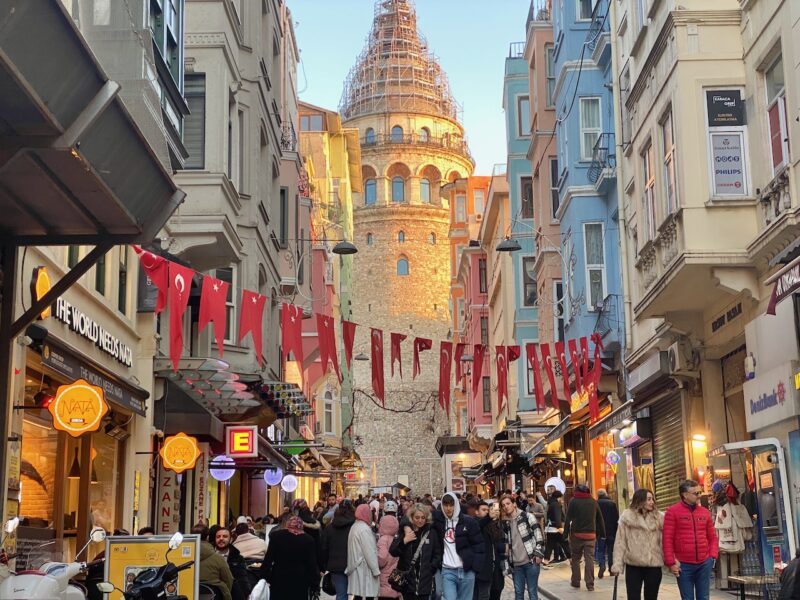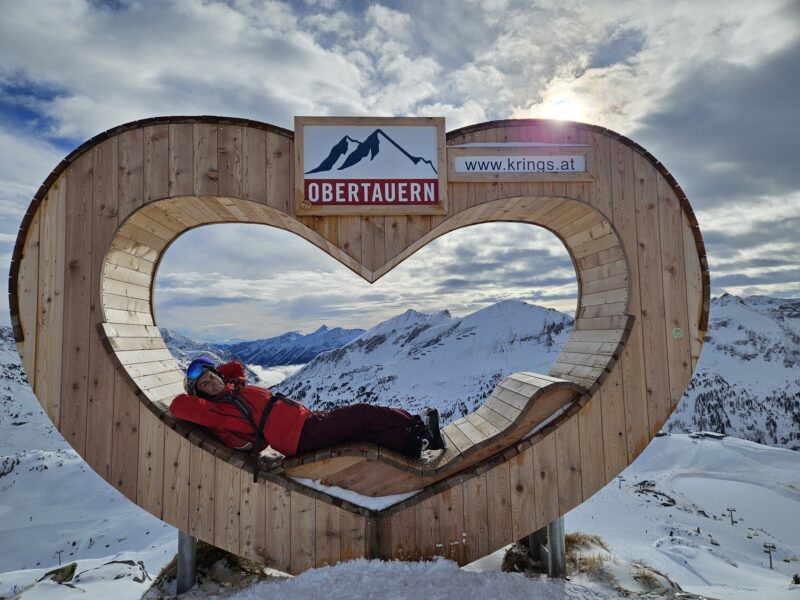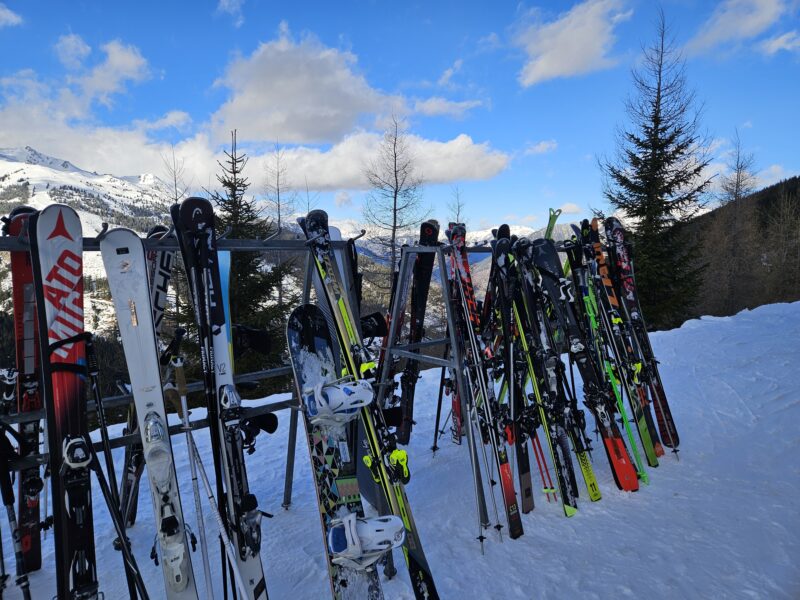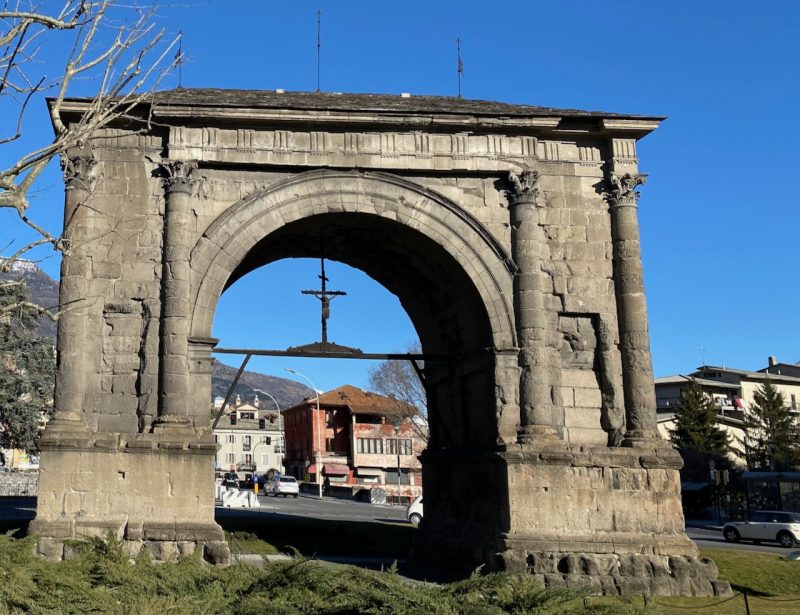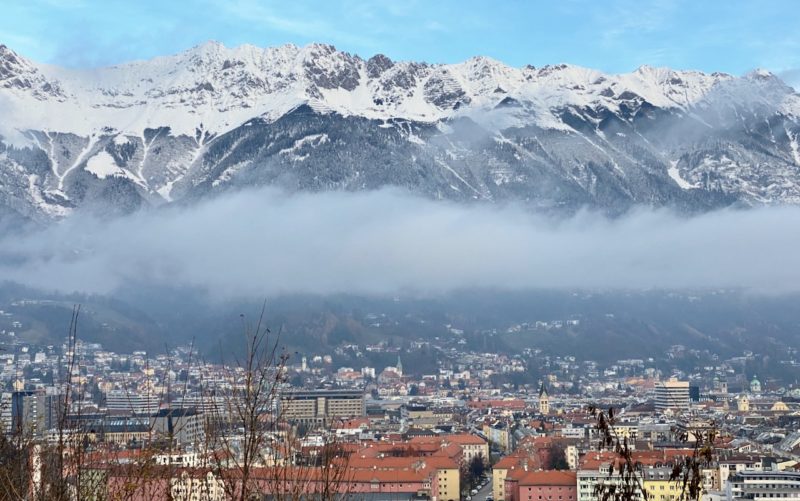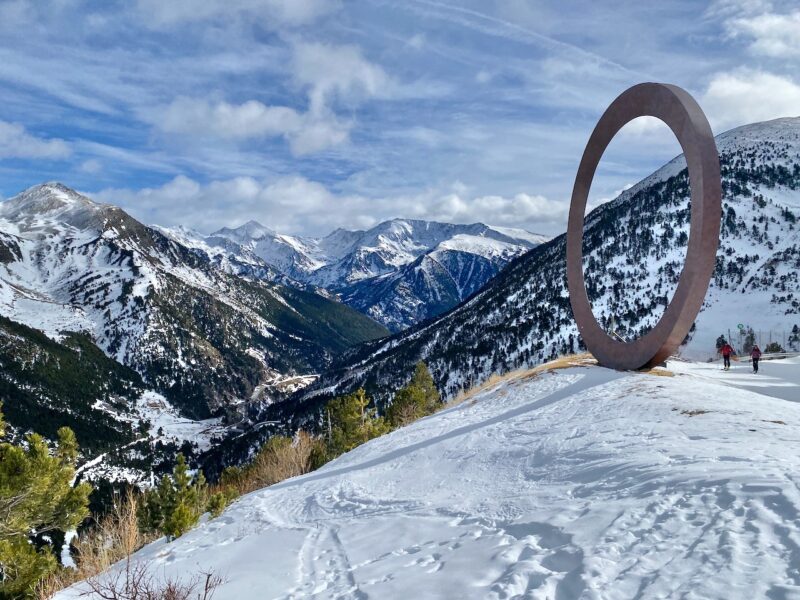Summer Glacier Protection Continues
28th August 2021
Last modified on August 31st, 2021
A handful of glacier areas in the Alps have once again been protected by coverings this summer in an attempt to slow the melt. It may though just delay what is looking increasingly inevitable and it comes at a cost.
High above the ski town of Engleberg in central Switzerland tarpaulins have been covering the glacier on Mt Titlis in order to try to slow its melting.
Predictions are for it to melt completely in the second half of the century, so scientists are doing what they can.
100,000 square metres of the glacier is covered, roughly the size of fourteen football pitches.
The covering keeps the temperature of the ice down and reflects back the sun’s rays.
See here for a full report on Reuters.
Resort staff at one of Switzerland’s most popular Alpine destinations are covering parts of Mount Titlis with a protective polyester fleecing to stave off summer melting https://t.co/HSyXgO1DXd pic.twitter.com/cNwtfig4KM
— Reuters (@Reuters) August 27, 2021
Similar methods are being used elsewhere in the Alps but, as we have reported on PlanetSKI, it comes at a high price:
- Covering glaciers: An expensive way of preventing the ice melting
- Italian glacier covered to prevent it melting
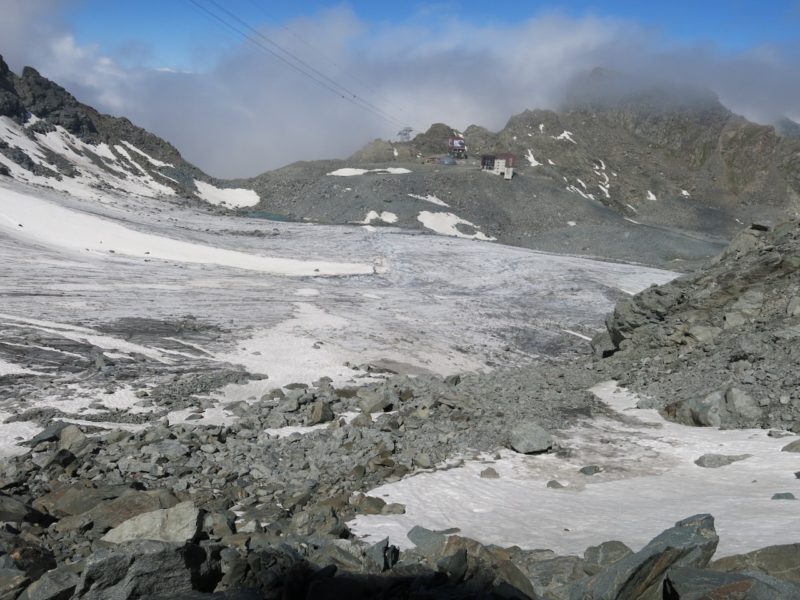
Mont Fort glacier, Switzerland. Image © PlanetSKI
The first attempts to partially cover a glacier with a white tarpaulin came in 1993 on the Zugspitze in southern Bavaria in Germany.
Since then other glaciers in the Alps have been covered in places.
The first glacier in Switzerland to be protected with a white tarpaulin was the Gurschenfirn on the Gemsstock above the Swiss ski resort of Andermatt.
It has been covered from late spring through to autumn since 2004.
It keeps the glacier thick enough for people to ski down from the cable-car station.
Since 2004, glaciers have been partially covered at seven other locations in the Swiss Alps at altitudes of between 2,250 and 3,250 m above sea level.
A very small glacier on the Diavolezza at Pontresina, was ‘brought back to life’ after having virtually disappeared.
Each year, the snow that has fallen in winter is preserved under a fleece over the summer, so that the thickness of the ice has started to increase again.
The Rhone Glacier has Switzerland’s largest glacier cover, extending over approximately 50,000 m2.
This month it has been reported that Italy’s largest glacier risks disappearing.
Glacier experts say the Adamello glacier is now in its ‘death throes”.
A report says the glacier, at over 3,000m, has shrunk from around 19 square kilometres in 1957 to around 17.7 in 2015.
Since then its thickness has fallen by 10-12m.
“The Adamello’s glacial masses are striking in their size and beauty and the thought of them no longer being admired by the many tourists that reach the Presena Pass if the current trend of climate-changing gas emissions continues arouses great dismay,” said scientists.
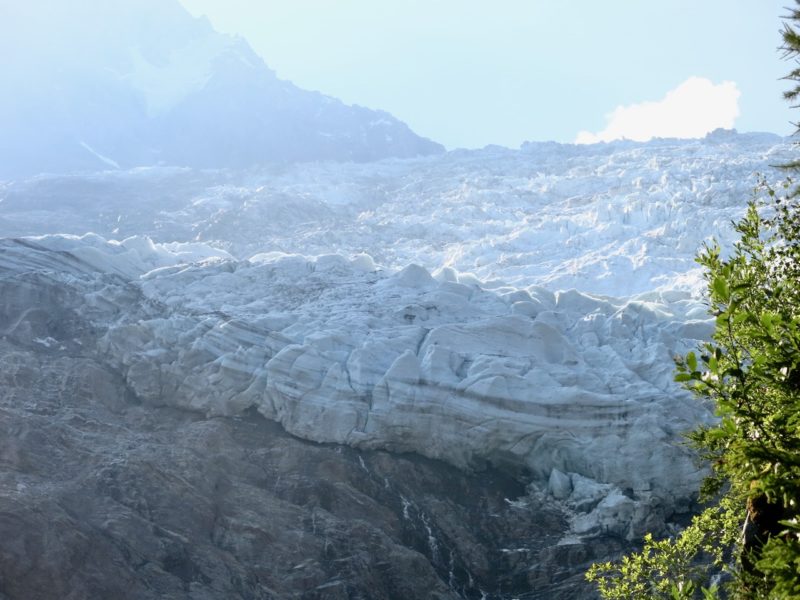
Retreating alpine glaciers. Image © PlanetSKI


